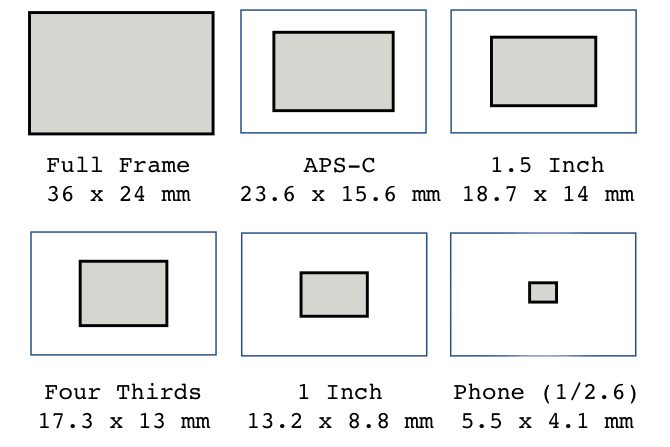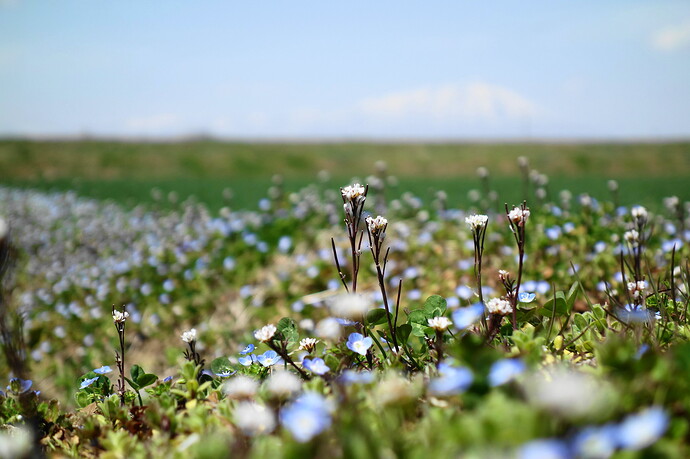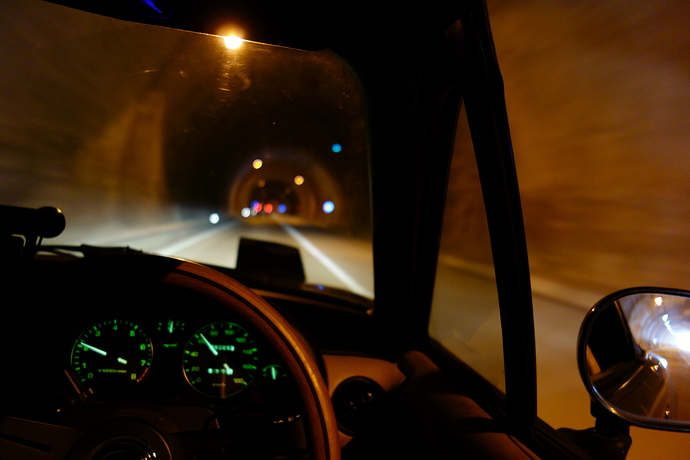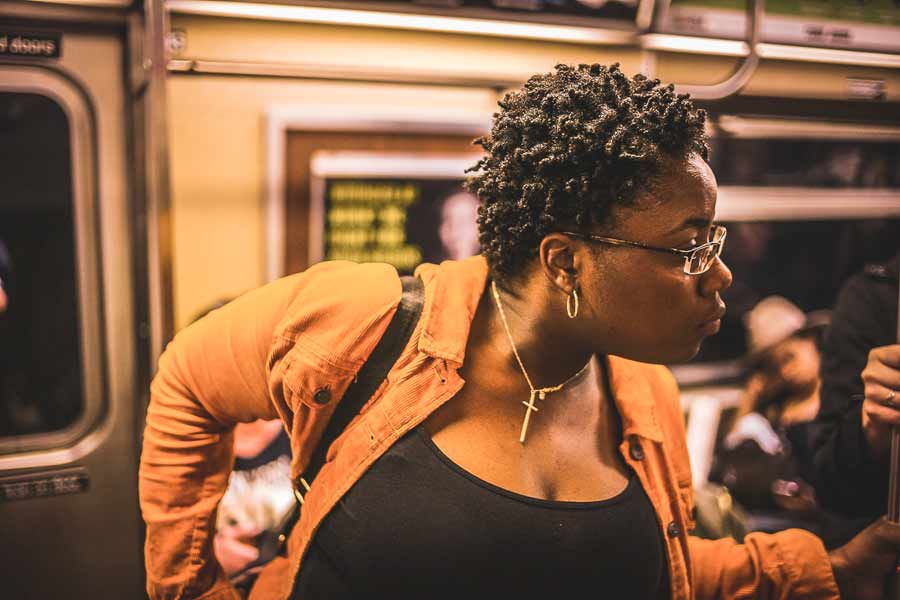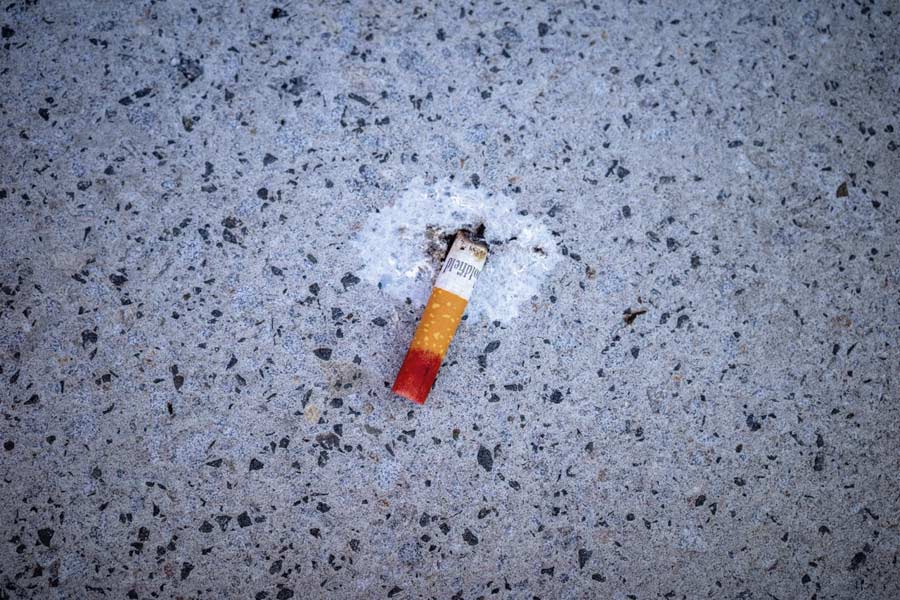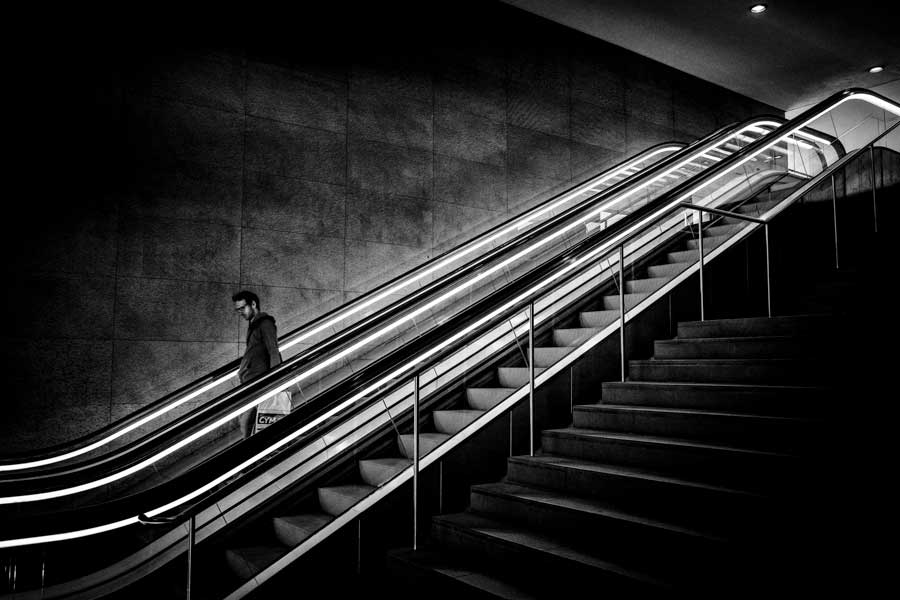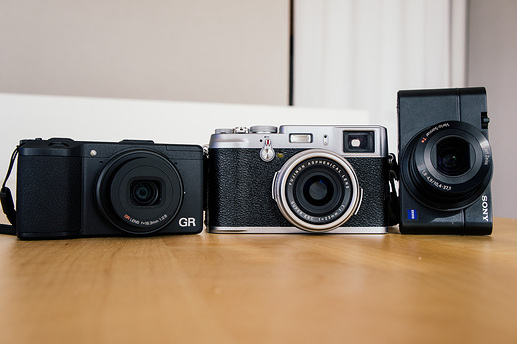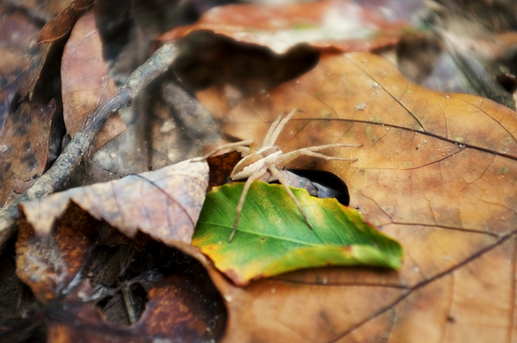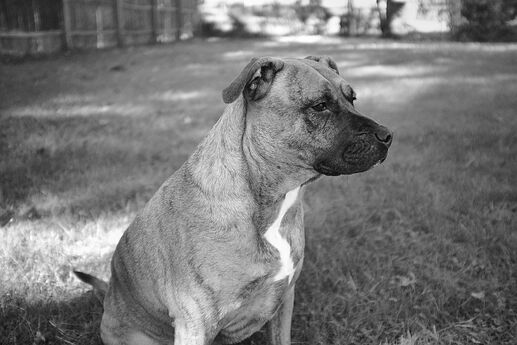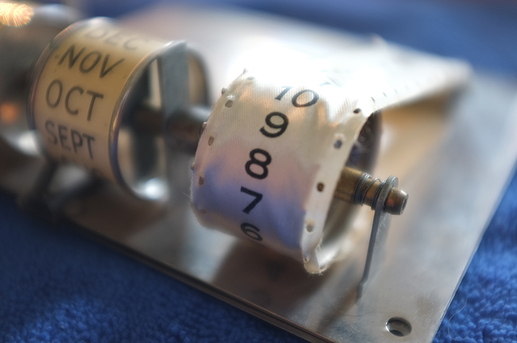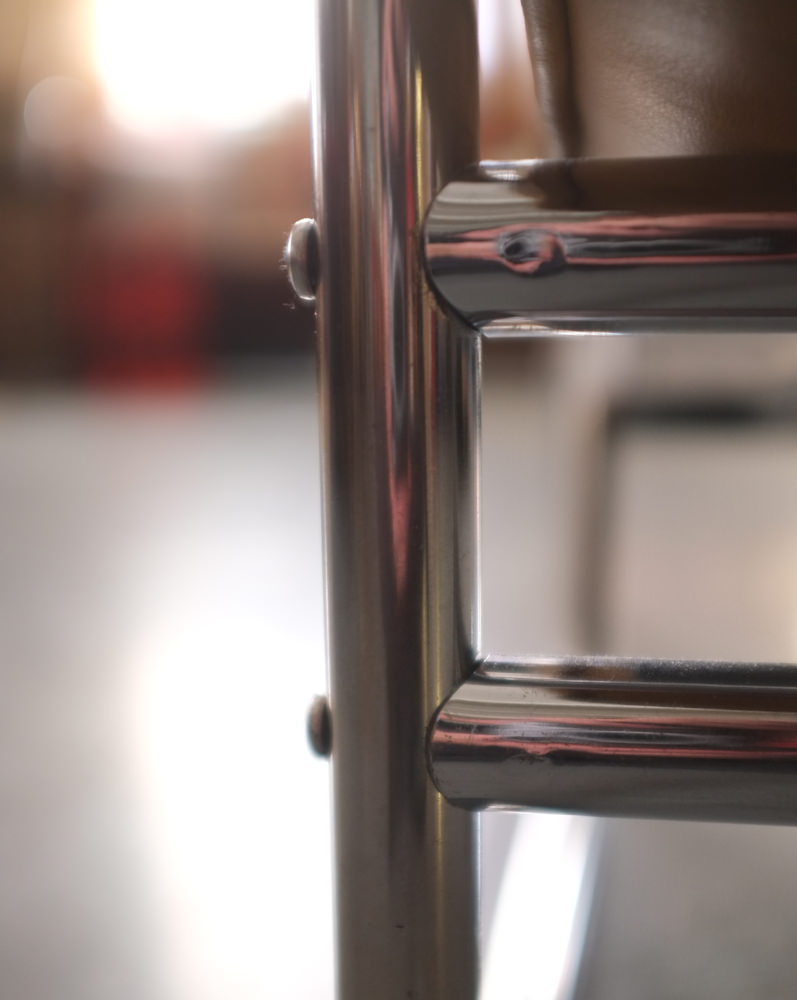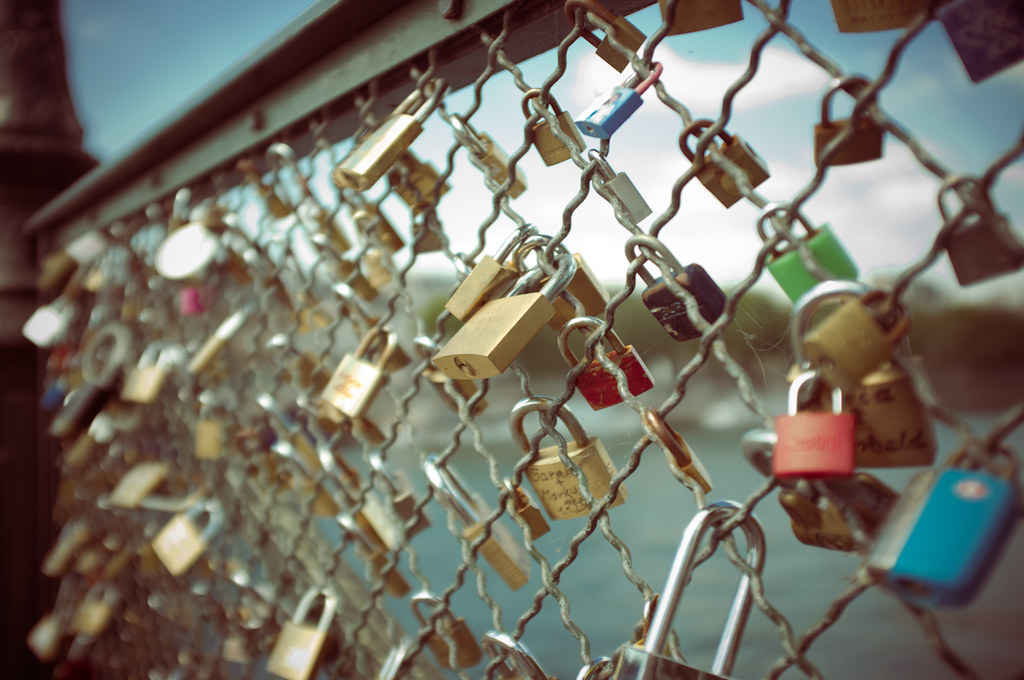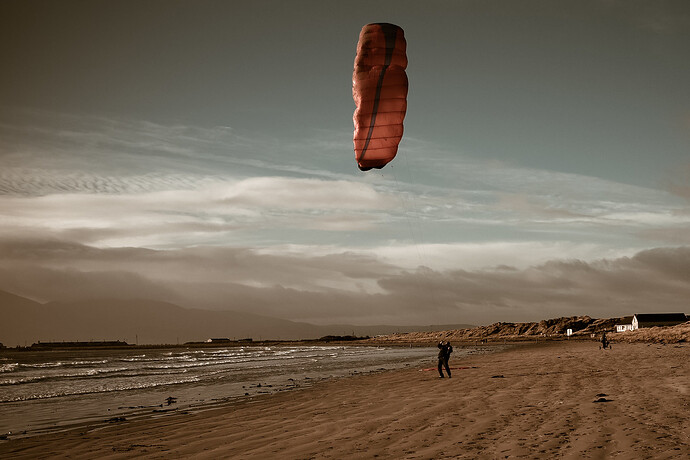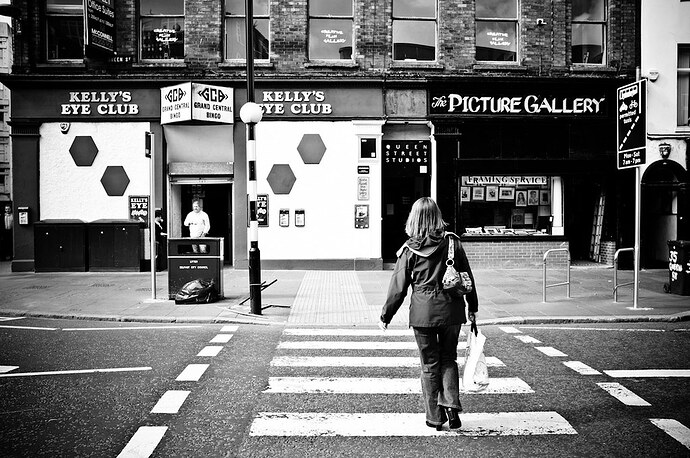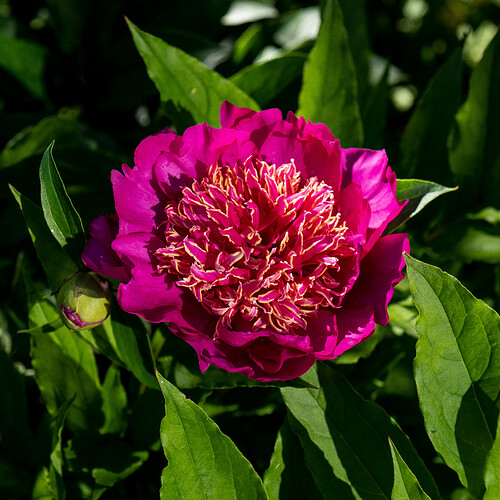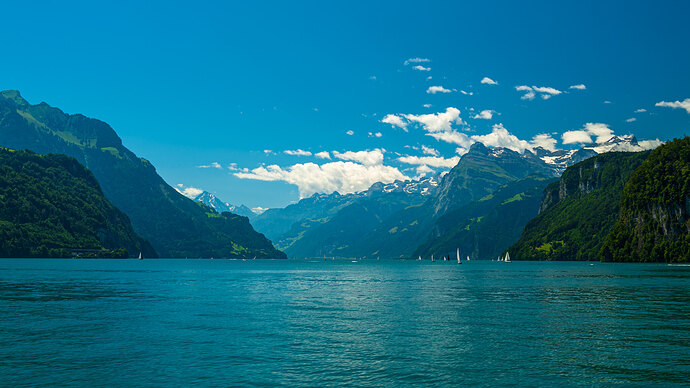I’ll go ahead and give my picks for what I think you want. I dunno your photography knowledge level so please don’t take this as me lecturing you. The class of cameras I’ll cover is referred to as point-and-shoot or compact cameras in the industry.
A point-and-shoot camera, also known as a compact camera and sometimes abbreviated to P&S, is a still camera designed primarily for simple operation. Most use focus free lenses or autofocus for focusing, automatic systems for setting the exposure options, and have flash units built in.
Point-and-shoots are by far the best selling type of separate camera, as distinct from camera phones. They are popular for vernacular photography by people who do not consider themselves photographers but want easy-to-use cameras for snapshots of vacations, parties, reunions and other events.
It’s a category where only a few products are significantly better than your phone due (primarily) to much larger sensors. The lenses should also be significantly better; note that these are all-in-one units, not bodies with interchangeable lenses (although some models have conversion lenses available). If image quality is the most important factor, then consider buying the largest sensor you can afford. If you want more of an all-around camera that shoots good video and has built-in optical zoom then maybe settle for a smaller sensor. I would not go smaller than 1 inch (2.54 Euro inches). These are the common sizes:
Here are my specific picks from the category:
Sony RX100 ($1199 but much less for older models)
This camera has gained a solid following from vloggers for shooting great video in addition to still images. It’s the smallest sensor I could recommend at 1". What you lose in sensor size you gain in video capabilities and optical zoom that stretches up to 200 mm on the Mark VI / VII (at the expense of aperture speed). The newest models also have an electronic viewfinder (EVF). This camera is petite and has an all-metal chassis that feels premium. Easily fits in a bag or purse, possibly your pant or shirt pocket. Slow Zeiss lens that trades aperture for the zoom. I’ve used one but don’t own one. Far more features and nittery items than I can cover here.
Pros: metal chassis, small footprint, good video shooter, optical zoom, EVF
Cons: small sensor, slow lens
Comparable models: Lumix LX100 II, Canon G5X II
They are up to version VII now. Those are expensive, but there are deals to be had on older models that fall in your price range. B&H has the Mark VI open box for $599.
https://www.bhphotovideo.com/c/product/1413824-OREG/sony_dscrx100m6_b_cyber_shot_dsc_rx100_vi_digital.html
BH also has some even older models which don’t have top specs but are cheaper. I dunno which one is supposed to be the very best. Some people say Mark V. You’ll have to research that if you go in the RX100 direction. Some examples:
[credit]
[credit]
Next up…
Ricoh GR III ($899 but check used/open box and the older GR II)
This camera is a diamond in the rough with a cult following. It’s another tiny camera you could fit in a pocket but with a full APS-C sensor! In my opinion, this one takes the most brilliant shots of any affordable compact camera; it can produce images that are razor sharp and stunning. It’s particularly good at both black & white and architectural shots and thus a favorite of street shooters. Cons would be no viewfinder, video, and battery life. It also has a magnesium alloy body that reviewers say has a plasticky feeling finish.
Taken from this gallery.
Pros: APS-C in a tiny chassis, art quality images, razor sharp, black and white, stealthy
Cons: plasticky feel, no viewfinder, bad video, no flash, probably needs color processing to optimize
Comparable models: Fujifilm XF10 ($450). Not many APS-C cameras you can put in a pocket. These are the only two I’m even aware of and I’m not too familiar with the XF10. It seems really stripped down but maybe take a look at it since it’s in your budget:
Moving along…
Fujifilm X100 ($1399 for latest model but less for older models)
Yet another compact(ish) camera with a full APS-C sensor although the footprint is larger than the previous two. See here:
(L to R: Ricoh GR, Fujifilm X100, Sony RX100)
I own an X100–the first model from about 10 years ago. It’s not a pocket camera but is easy to throw in a bag. Has the vintage look, solid metal chassis with premium feel, buttery analog controls, and hybrid viewfinder. I got this over the GR because I felt like it was a better overall device, although I still think the GR produces slightly better images. Focal length is 35mm which is classic but maybe a hair too narrow for landscape and street yet too wide for portrait. It’s a compromise that can be bumped either up or down with the wide angle or tele conversion lenses. The X100 looks a bit softer to me with better color rendering out of the box on JPEG but doesn’t have the striking sharpness of the GR. I am not a photographer but here are some shots I’ve done with very minimal post-processing:
(Forest floor with no processing.)
(Mechanism from a vintage clock with no processing.)
Let’s instead look at people who actually know what they’re doing:
Those are from this guy who ranks very highly on Google for X100 galleries for some reason.
Here is another gallery with some great shots. Note that it totally looks like a dad camera but is deceptively powerful and capable of snapping killer shots. In addition to Dad Camera Silver you can get it in Sexy Mofo Black as well.
I think the current version is the X100V which is $1399. That is pricey and you should be able to find an older molder in excellent condition from a reputable camera store. The original probably goes for about $250-$350 now but I would recommend a newer one if you are buying today. Keep in mind that accessories are Robin to a camera’s Batman: I have a leather case, extra batteries and charger, SD cards, a tele conversion lens, a bag, and some filters. You would also have to learn some post-processing to get anything like the photos directly above but you can do it with free software.
Pros: metal chassis, construction quality, tactile physical controls, APS-C sensor, great coloring
Cons: price, not pocketable, not ideal for video
Comparable models: Canon G1 X Mark III
.
.
.
Now for the crème de la crème of point-and-shoots:
.
.
.
Leica Q2
The Leica Q2 is a fixed-lens compact camera with a full-frame 47-megapixel sensor, a rangefinder-style electronic viewfinder, weather-sealed body, and a price tag that’ll make your wallet run and hide. It’s $5,000.
Oh but it’s a glorious piece of German engineering.
[credit]
[credit]
[credit]
